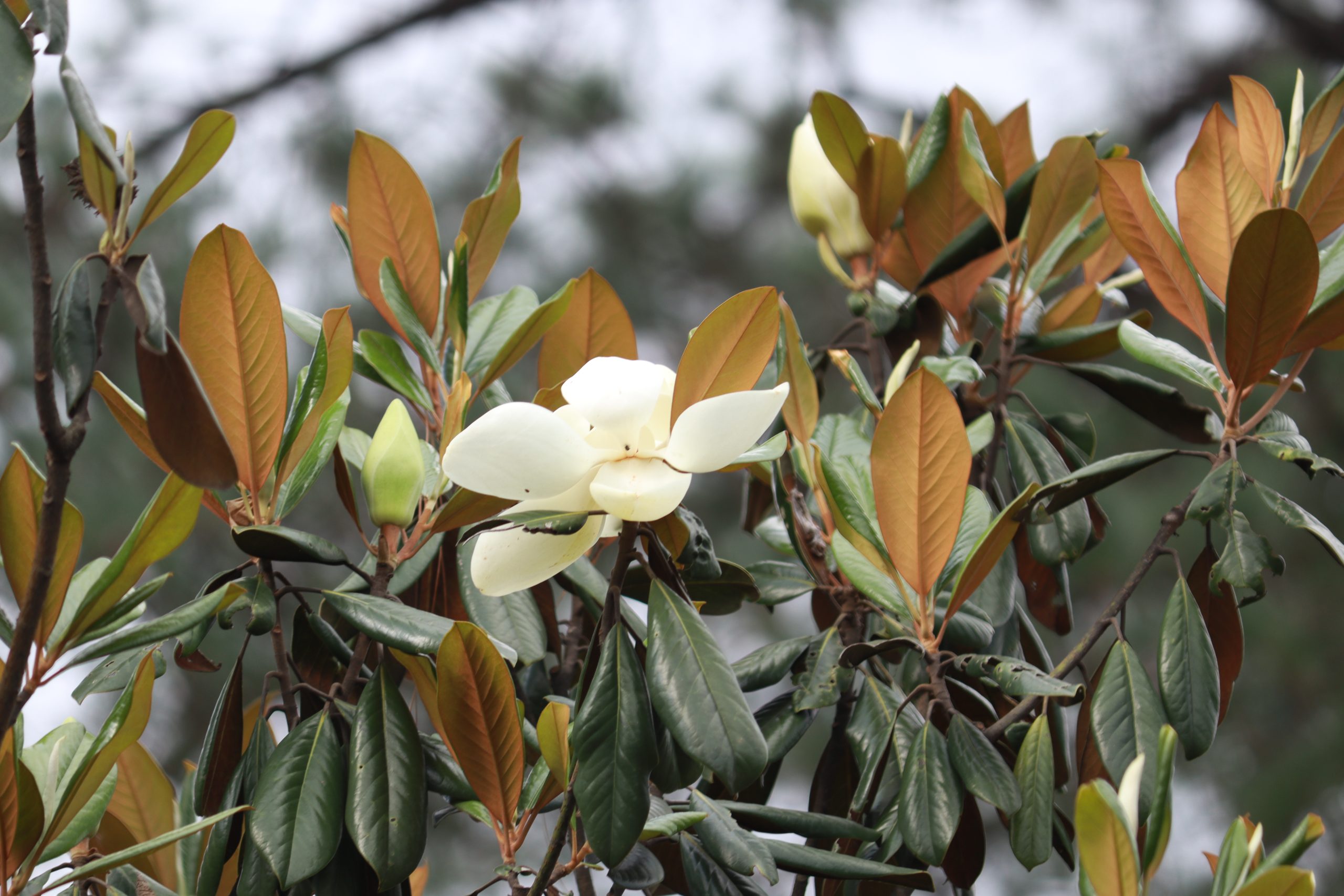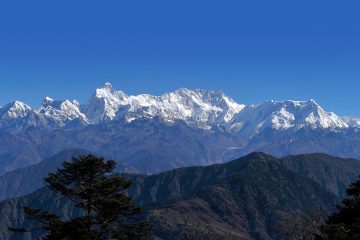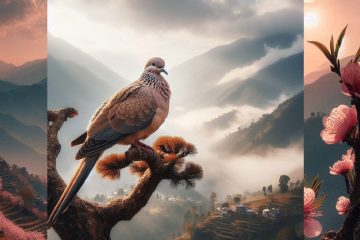According to Limbu mythology, at the dawn of creation, the vast expanse was shrouded in a dense cloak of darkness, a void waiting patiently for the touch of divine presence. The supreme god, Tagera Ningwaphuma Mang, harbored a wish within the recesses of eternity – a wish that whispered through the empty abyss, eager to birth the splendor of existence. With a mere thought, he conjured the firmament into being, adorning it with the radiant jewels of sun, moon, and stars, sprinkling the cosmos with planets, galaxies, and beyond. Yet, there lingered a void unfilled, a yearning unmet. And so, the supreme god turned to Porokmi Yamfami Mang, beseeching him to sculpt the terrestrial realm.

In response to this divine entreaty, Porokmi Yamfami Mang descended upon the formless earth, molding it into being and shaping its landscapes with a deft touch. He birthed the oceans and seas, sculpted mighty mountains and rolling hills, and smoothed the terrain to create vast plains. With tender care, he sowed the seeds of life, painting the earth in vibrant hues of flora and fauna, adorning it with the symphony of colorful flowers and the fluttering wings of birds.
However, as the divine creation neared completion, a shadow of discontent loomed over Tagera Ningwaphuma Mang. The supreme god beheld the world and sensed a void that gnawed at the very essence of existence. It was a hollowness that whispered of incompleteness, of something vital left unsown. In a soliloquy of divine introspection, he pondered the absence of mankind – the missing piece that would impart purpose and vitality to the tapestry of creation.
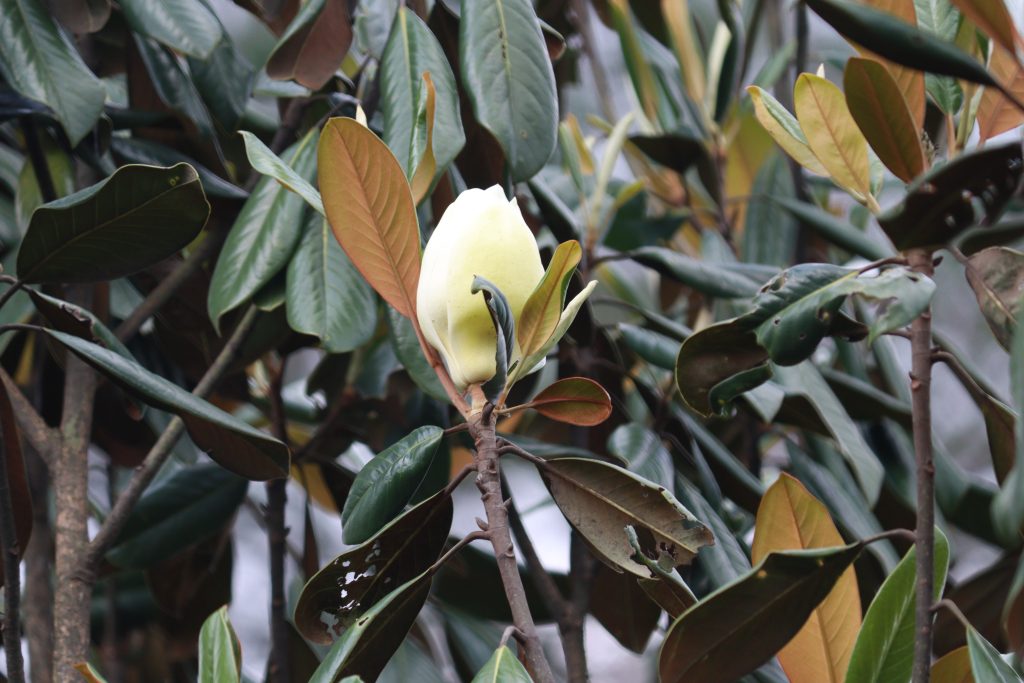
Thus, upon the decree of the supreme god, Porokmi Yamfami Mang embarked on a quest to craft humankind, the pinnacle of creation destined to walk the earth as stewards of life. Guided by a sacred vision, he embarked on a series of trials to mold the perfect form. From gold to silver, copper to iron, each attempt yielded creations of stunning beauty and strength, yet none possessed the spark of life. Faced with failure and frustration, Porokmi Yamfami Mang turned to the humble elements of wet mud and fire-ash, fashioning a being of clay in a moment of resignation and weariness.
To his astonishment, the clay figure stirred to life, a testament to the resilience of the human spirit in the face of adversity. Yet, the creation did not meet the lofty expectations of its maker, eliciting a curse born of disappointment and dashed hopes. And so, the human, burdened with the weight of divine disapproval, bore the mark of its creator’s sorrow and lament.
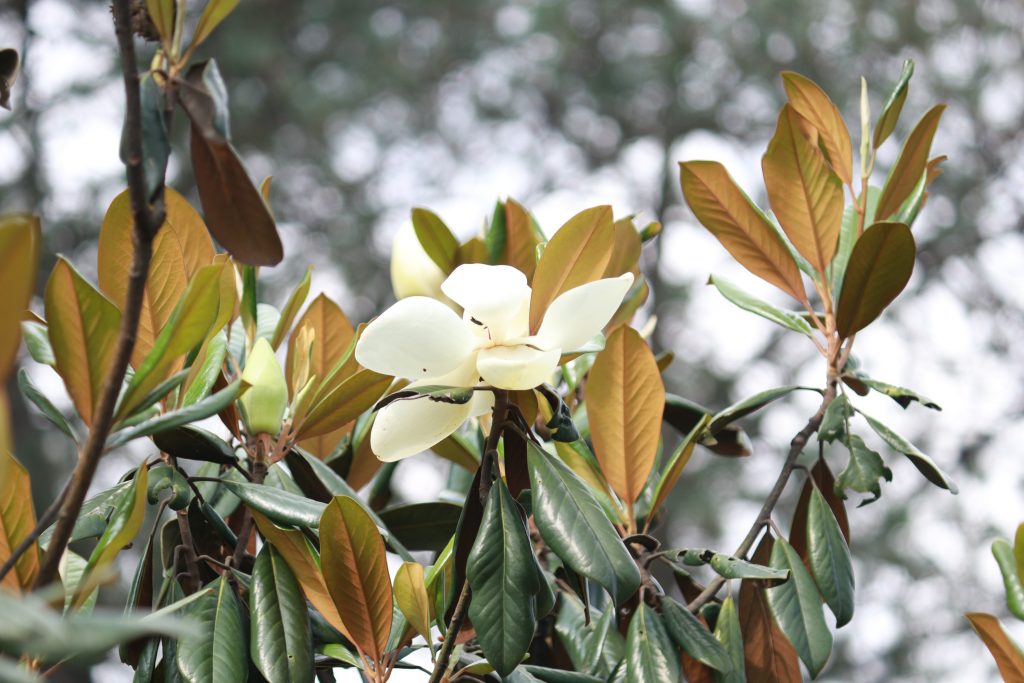
Witnessing the despondency of his creation, Tagera Ningwaphuma Mang sought to instill hope and purpose in the heart of humankind. He led the forlorn figure on a journey across the earth, guiding it to a grove adorned with the ethereal beauty of White Magnolia flowers in full bloom. Pointing to the fragile blossoms, he imparted a profound allegory of life’s transience and the inevitability of mortality. He exhorted humanity to embrace the fleeting nature of existence, to cultivate virtue and morality as enduring legacies of the soul.
Embracing this sacred ethos, the Limbu community venerates the White Magnolia flower as a symbol of purity and virtue, embodying the essence of a life lived in harmony with noble ideals. With the onset of the White Magnolia blossom season, they celebrate the advent of a new year, known in their ancestral tongue as Kakfekwa Tangnam – the festival of White Magnolia bloom, a time of renewal and reflection on life’s eternal cycle. In the language of the Limbu, Kekfung – the White Magnolia Flower – stands as a timeless reminder of the impermanence of life and the enduring legacy of virtue and morality that defines the human spirit.

